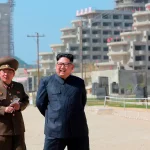The Bougainville flag is more than just a piece of fabric fluttering in the Pacific breeze—it’s a powerful emblem of identity, resilience, and the enduring struggle for self-determination. For those venturing to Bougainville, understanding the significance of this flag provides deeper insight into the history and aspirations of this autonomous region of Papua New Guinea (PNG).
The Design of the Bougainville Flag
At first glance, the Bougainville flag is striking in its simplicity and symbolism. A dark blue field represents the vast ocean that surrounds the islands, while a white and red upe headdress—a traditional symbol of Bougainvillean culture—takes center stage. Encircling the upe are concentric rings of white and green, representing unity and the lush natural environment of Bougainville.
This design isn’t just decorative; it’s a visual narrative of Bougainville’s cultural heritage and its people’s connection to their land.
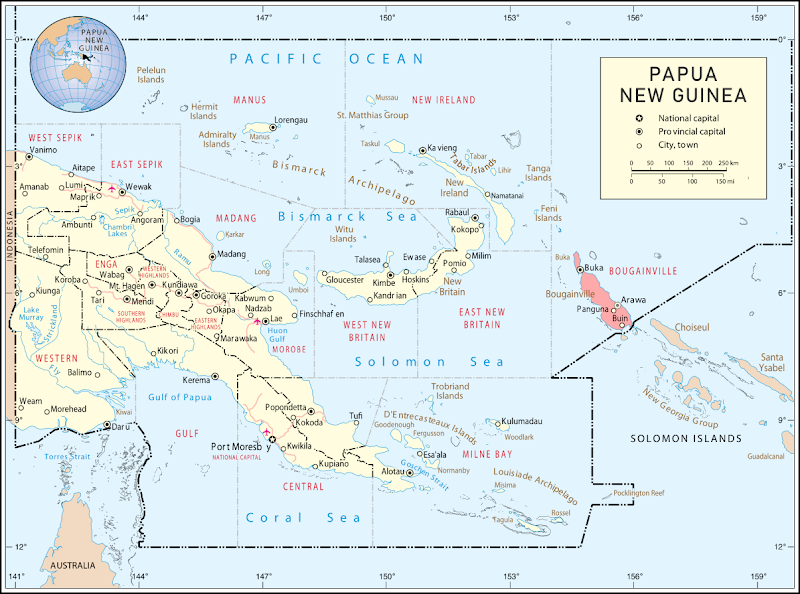
(modified from a public-domain UN map)
The History Behind the Flag
The Bougainville flag was officially adopted in 1975, a pivotal year when Bougainville first declared itself independent from Papua New Guinea. Though this initial declaration was short-lived, the flag became a rallying symbol for the region’s independence movement, particularly during the Bougainville Civil War (1988–1998).
The civil war, sparked by disputes over resource exploitation at the Panguna mine and long-standing grievances against the central government, saw tens of thousands of lives lost. Throughout this turbulent period, the flag was a constant reminder of the region’s aspirations for autonomy and self-governance.
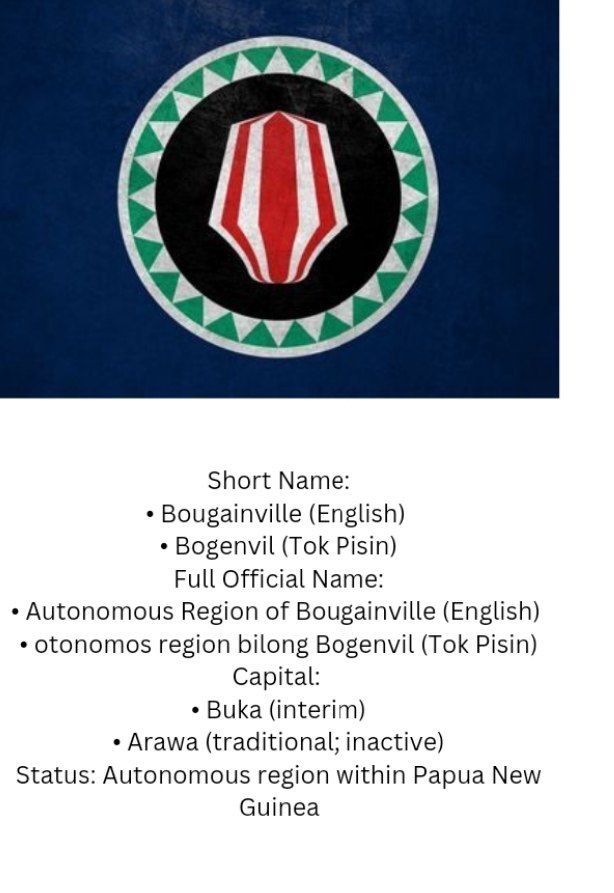
Bougainville’s Path to Independence
In 2001, the Bougainville Peace Agreement ended the conflict and granted the region significant autonomy within PNG. The flag now represents the Autonomous Region of Bougainville, but it also symbolizes something much greater: the people’s ongoing journey toward full independence.
In a 2019 referendum, an overwhelming 97.7% of Bougainvilleans voted in favor of independence from Papua New Guinea. While the final decision lies with the PNG government, the flag continues to inspire hope for a sovereign Bougainville.
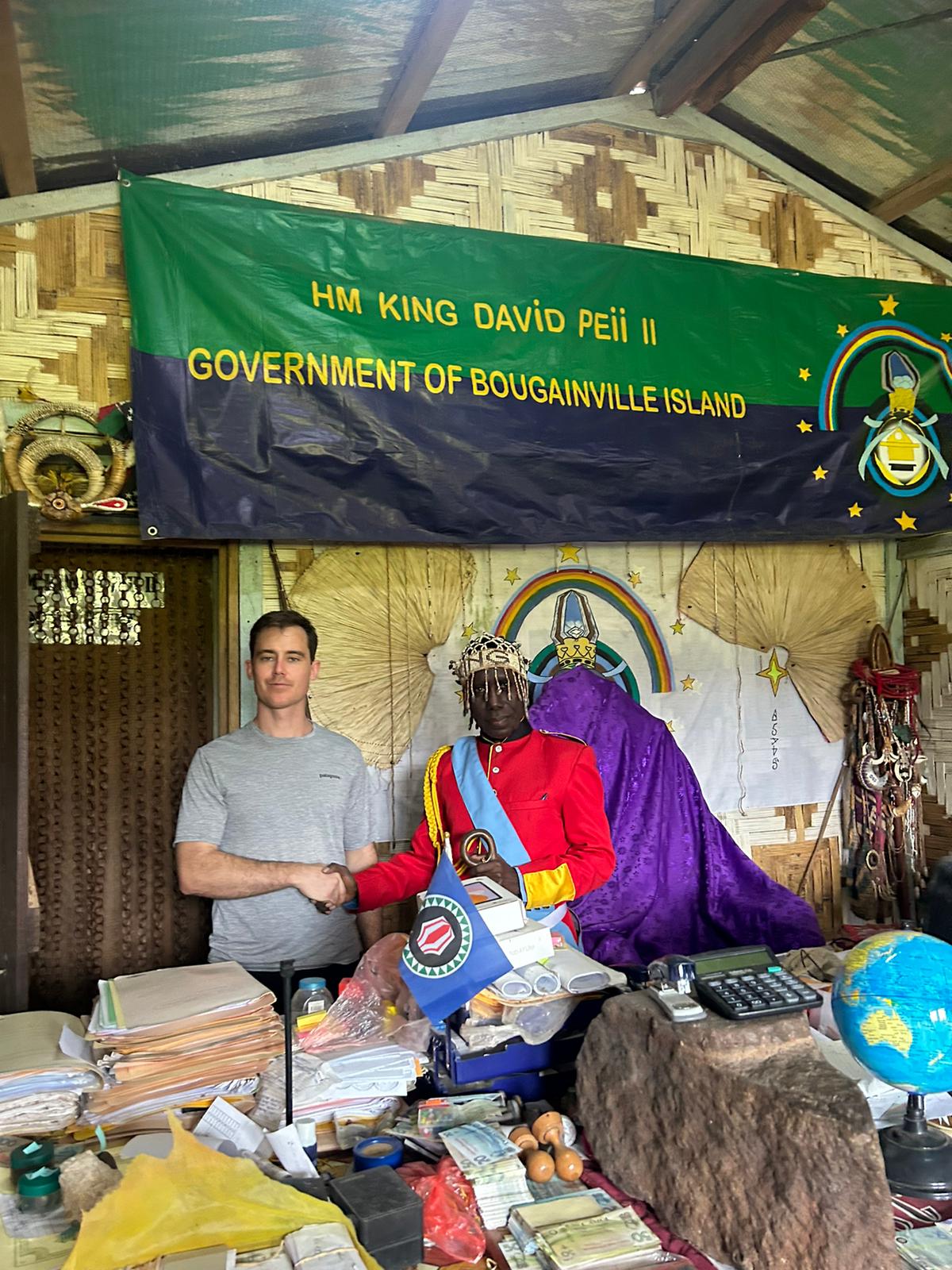

Where You’ll See the Bougainville Flag
Traveling through Bougainville, you’ll see the flag proudly displayed in villages, government buildings, and even painted on murals. It’s not just a political symbol—it’s part of everyday life.
For locals, the flag is a source of pride, representing their unique culture, history, and determination to shape their own future. For visitors, it’s a reminder of the region’s resilience and the sacrifices made in pursuit of self-determination.
Visiting Bougainville
Bougainville isn’t just about politics and history—it’s also one of the most stunning destinations in the Pacific. From the pristine beaches of Pokpok Island to the lush jungles of the Crown Prince Range, there’s plenty to explore.
When you visit, you’ll likely hear locals speak passionately about the Bougainville flag and what it means to them. Engaging with their stories adds depth to your journey and provides a unique perspective on the region’s past and future.


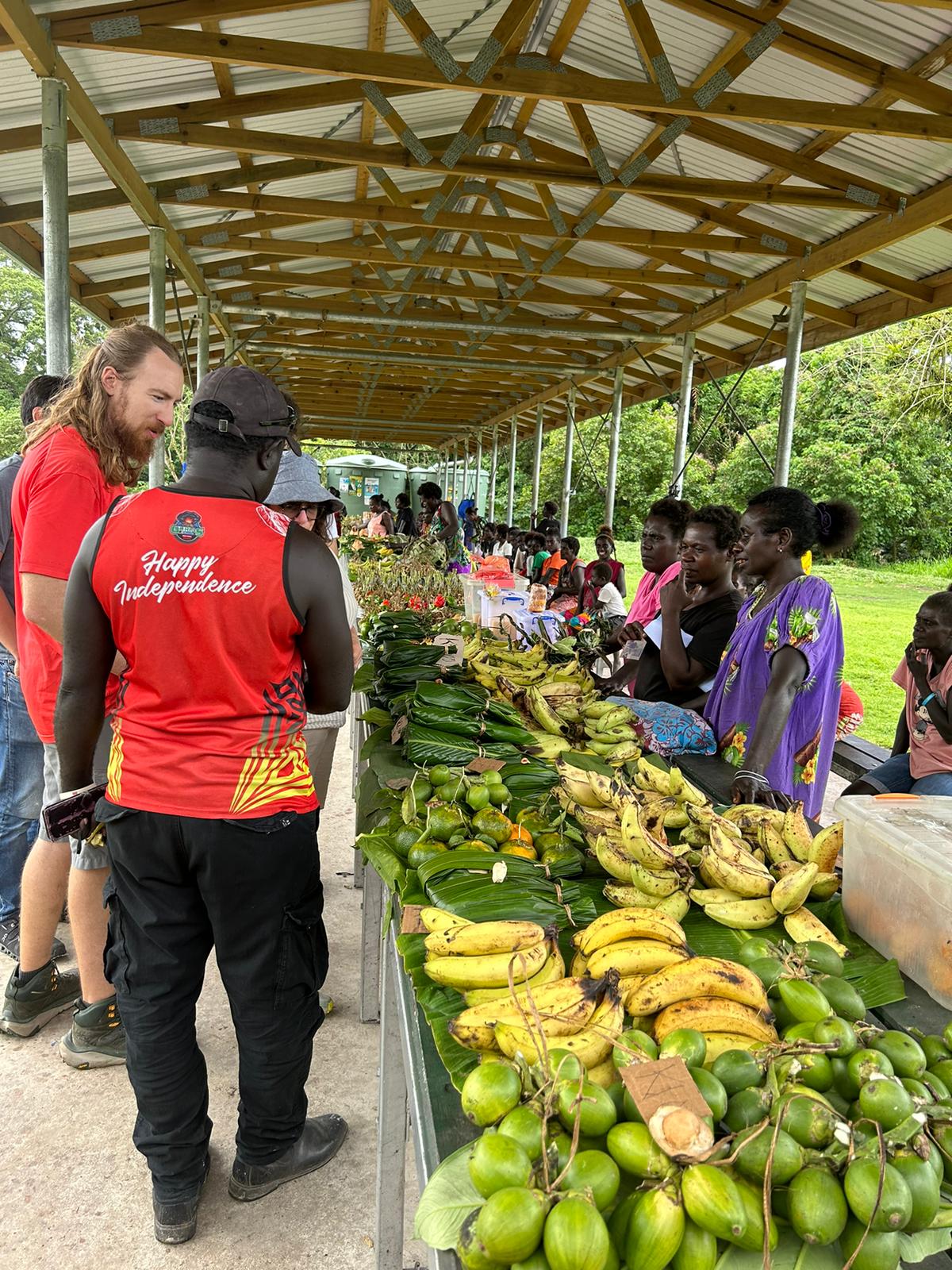
Why the Bougainville Flag Matters
The Bougainville flag is more than just a regional emblem—it’s a symbol of a people’s identity, culture, and struggle for self-determination. For anyone interested in the intersection of history, politics, and culture, Bougainville offers an unparalleled experience.
So, if you’re planning a trip to this incredible region, take a moment to appreciate the flag and the powerful story it tells. And if you’re traveling with Young Pioneer Tours, we’ll make sure you get the full story behind the flag, the people, and the land they call home.
Click to see our Bougainville Tours.





